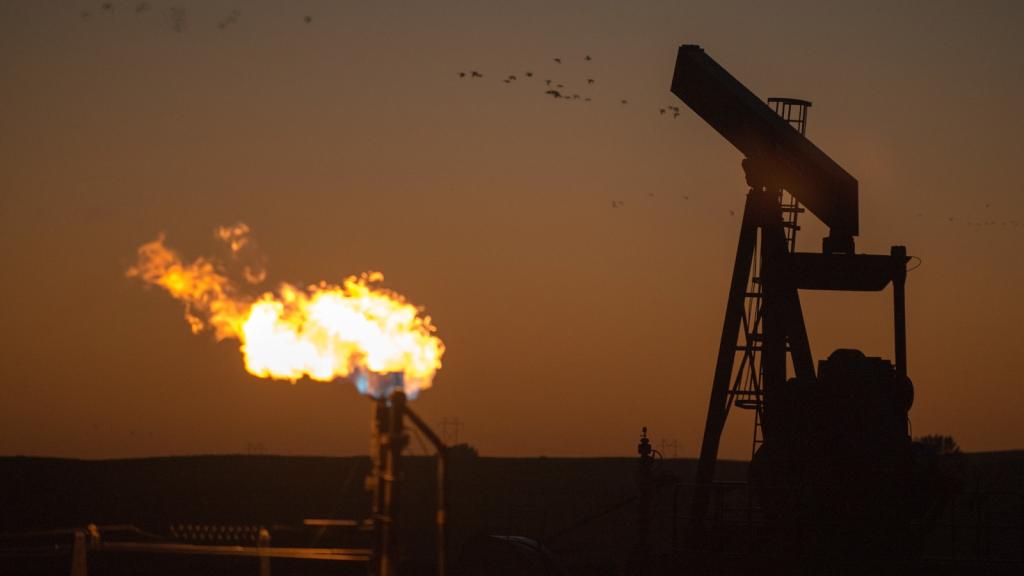This is the third in a series on why we should push for climate legislation this year. See also Part I and Part II.
Why push for a climate bill in 2008? I’ve already offered some reasons in my previous posts: the politics will be much the same in 2009 (Okay, David offered that one), we don’t want to squander the current momentum, and in any case, we simply can’t afford to wait.
But if those aren’t reason enough, here’s another: The world is waiting for us to act. To solve the global warming problem, China and other developing countries also must cap their emissions, and they won’t do this until our own cap is in place.
From a New York Times report:
“China is not going to act in any sort of mandatory-control way until the United States does first,” said Joseph Kruger, policy director for the National Commission on Energy Policy, a bipartisan group in Washington.
Along with India and other large developing countries, China has long maintained that the established industrial powers need to act first because they built their wealth largely by burning fossil fuels and adding to the atmosphere’s blanket of greenhouse gases.
If the U.S. — the wealthiest country on Earth — won’t establish a cap, how can we expect developing countries to do it?
Global negotiations happening now
Negotiations are already underway for a successor to the Kyoto Protocol (the international treaty to cap greenhouse gas emissions). All current Kyoto commitments expire in 2012. Some 190 countries met last December in Bali to begin the discussions. The plan is to approve a post-Kyoto framework at the 2009 meeting in Copenhagen. This gives countries the time needed to ratify and adopt implementing policies by 2012, so there’s no gap between the agreements.
The level of commitment that both developed and developing countries will agree to in Copenhagen depends heavily on the level of U.S. commitment, as reflected in our domestic policy. If the U.S. hasn’t adopted its own mandatory cap before the 2009 framework meeting, it could seriously hamper negotiations and jeopardize the chance for a global agreement in 2012.
Opportunities for U.S. companies
A U.S. cap-and-trade system could provide developing countries with more than just incentive. The economic opportunities it would create for U.S. firms could help developing countries meet mandatory targets. It’s a win-win. There are two main avenues by which U.S. firms could profit:
- Purchase low-cost emissions offsets in developing countries.
- Sell clean energy technology to developing countries.
The U.S. has a longstanding advantage in world markets for products and services that require high-technology, high-value-added, and complex engineering and industrial processes. These are exactly the types of energy efficiency and emissions reducing technologies needed to meet the challenge of a mandatory carbon cap. We can help developing countries leapfrog to a clean energy future.
But to remain at the forefront of these fields and sell into these markets, we need our own firm cap to spark the necessary innovation.
Research by Carnegie Mellon University showed that SO2-related patent filings spiked after the Clean Air Act [PDF], though the government had been supporting research long before that. The report concludes, “The existence of national government regulation stimulated inventive activity more than government research support alone.”
Why is this so? A firm cap with no “safety valve,” as in the Lieberman-Warner Climate Security Act of 2008, informs the market of the size of demand for emissions reductions and offsets, and informs potential investors of the likely demand for new technologies, alternative fuel sources, and offset projects. An unpredictably varying emissions target increases uncertainty for investors and could adversely affect their access to investment capital.
Our taking the lead isn’t just about avoiding catastrophe; it’s also about significant economic opportunity. But to take advantage of the opportunity, we must act quickly. If we wait too long to enact climate legislation and spur the innovative power of our markets, we may find ourselves as buyers rather than sellers.
In my next and last post in this series, I’ll talk more about the huge commercial opportunity in the transition to clean energy technology, and what it would mean to win (or lose) this race.

